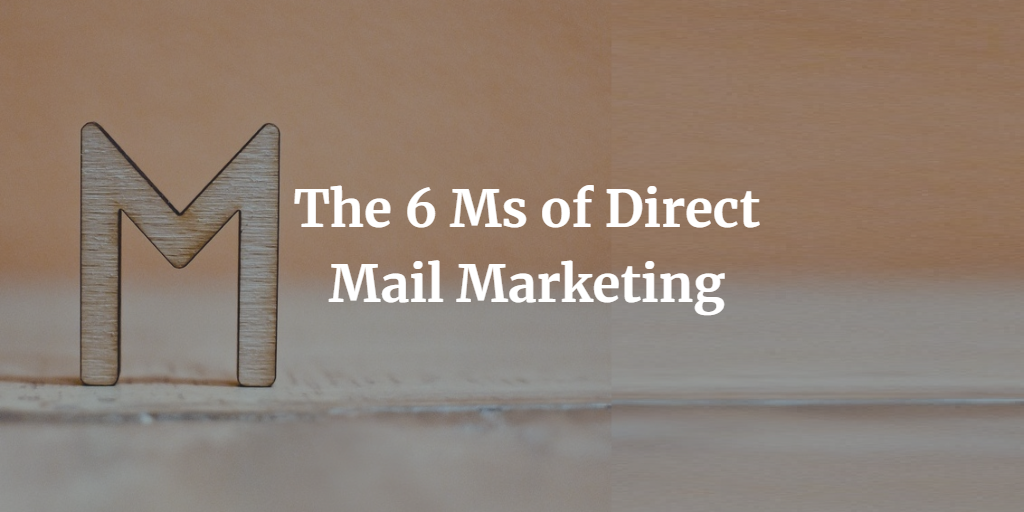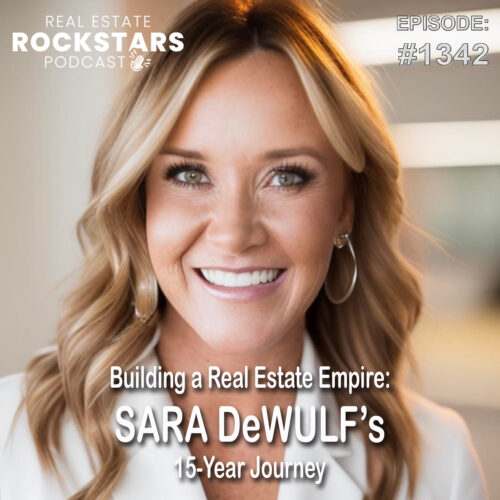Whether you’re an agent or a real estate investor, the ability to find off-market homes is truly invaluable.
As an agent, not only are you able to win listings without worrying about competition, you’re able to show buyers homes that they can’t find anywhere else.
As an investor, going after off-market homes is one of the best ways to get great deals.
So, regardless of whether you want listings or deals, going after off-market homes is a strategy you should try.
Not sure where to start? No problem.
Gary Boomershine joined me on a recent Real Estate Rockstars podcast to share his proven system for finding off-market homes via direct mail. In addition to explaining where to send mailers and what to include in them, Gary breaks down the most effective follow-up process he’s found for converting direct-mail leads.
Plus, Gary discusses “the six Ms of marketing” and how to apply them when marketing via direct mail.
To hear all that and more, listen to my podcast interview with Gary. Or, for a quick rundown on the six Ms of marketing in the direct-mail context, read on.
[app_audio src=”http://traffic.libsyn.com/hibandigital/Gary_Boomershine.mp3″]
Applying the Six Ms of Marketing to Direct Mail
The six Ms of marketing are as follows: market, message, medium, multiple, money, and months. Discover how to apply each of them to direct mail in the sections below.
Market
For a real estate agent looking to land leads via direct mail, the market is the list – the names and addresses of potential sellers. Gary’s had the most success with three categories of homeowners: burned-out landlords, those who have inherited properties, and high-equity homeowners.
In markets with at least 250,000 homes, Gary estimates that 15-18 percent of homes will fall into the three categories mentioned above. You can find these properties via sites like ListSource, RealQuest, and ListAbility.
Message
In the direct-mail context, the message is the copy used in mailers. The goal of this copy is to encourage action on the homeowner’s part – to get them to contact you.
As an example, here’s what’s written on one of Gary’s mailers:
Urgent: (Homeowner Name)
I want to buy your house at (Address) and close before (Upcoming Date). Are you interested?
My name is (Name). I recently sold a house in your area and am looking to purchase another one with the proceeds. I’m sending this note in case you want to consider selling this property or perhaps another property that you have in the area.
If I buy your house, there will be no fees or commissions. In fact, I’m willing to pay all closing costs. Please hurry because once I buy a replacement property, I won’t be in a position to buy until I sell it.
Sincerely,
(Name)
If you fill in the appropriate sections with your information and include contact details, this is a mailer you could start using today.
Medium
With direct-mail marketing, postcards are the medium. It’s important to remember that the type of postcard used matters.
Gary has sent out over 34,000,000 direct-mail pieces to date and has tracked response rates to different types of mailers. Via split tests, he’s determined that ugly canary-yellow postcards outperform the fancy hand-written notes that are so popular with real estate investors these days.
In Gary’s experience, the hand-written style tends to generate a response rate of roughly one percent. Yellow postcards, on the other hand, sit somewhere around four percent.
Multiple
As is the case with most marketing methods, repetition is key when it comes to succeeding with direct mail. Still, you don’t want to send mailers too often or it will increase costs unnecessarily and could lead to list fatigue.
For Gary, sending mailers every 60 days is what’s worked best, but results may vary in your market. Don’t be afraid to experiment, but be sure to track your response rates.
Money
So, just how much money should you spend with direct mail? Well, it depends.
Some of Gary’s clients spend roughly $2,500 per deal. In other words, for every $2,500 put into a direct-mail campaign, they manage to purchase one property. While that might sound like a lot to spend on mailers, it’s usually worth it. These clients often get six-to-seven times that in profit.
Obviously, you can scale your spend up or down as needed. Again, just be sure to track your results.
Months
Before giving up on an unresponsive prospect, Gary recommends sending between five-to-eight mailers.
With a schedule of one direct-mail piece per 60 days, that gives mailers a year (give or take a few months) to work their magic. After that, if you haven’t received a response of any kind, it’s time to return to your list so that you can start mailing a new prospect in their place.
Listen to Gary Boomershine’s Podcast Interview
Want to learn more about the six Ms of marketing? Interested in learning what else Gary does to ensure his direct-mail marketing is a success?
Listen to Pat’s podcast interview with Gary Boomershine for further details on everything discussed in this article, additional strategies for direct-mail marketers, and more.






